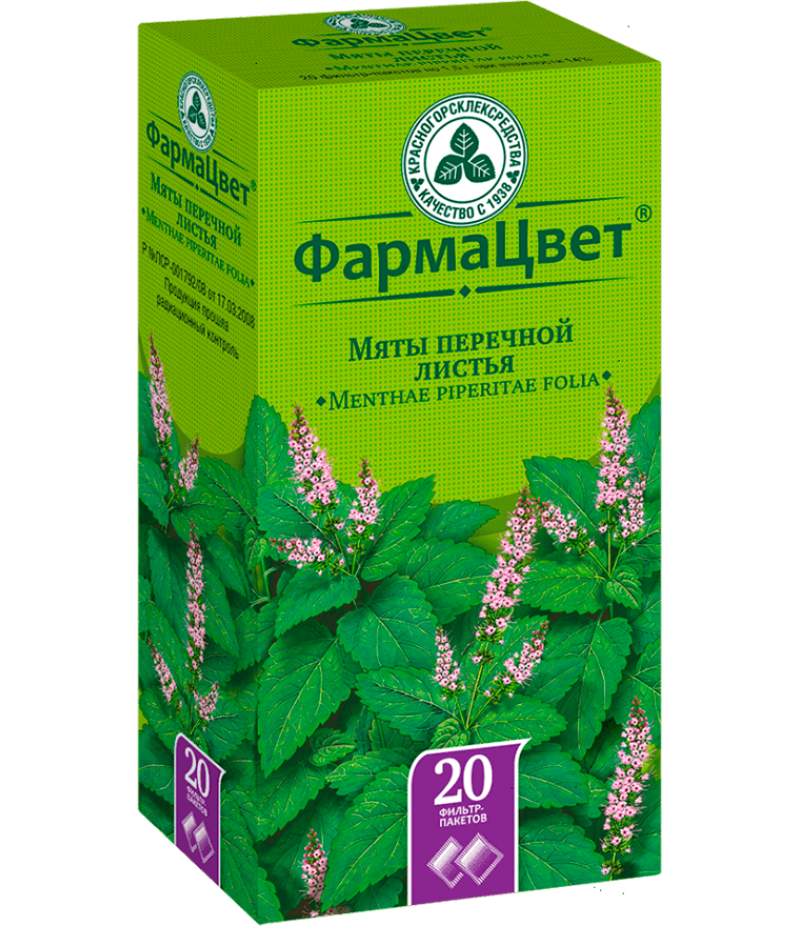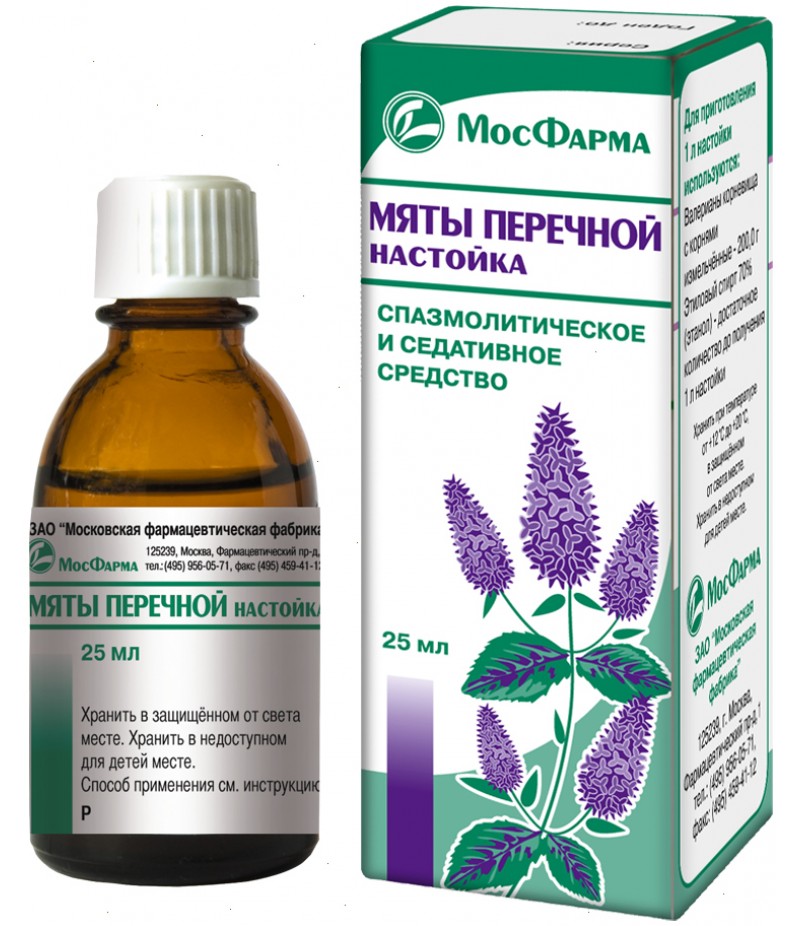Peppermint leaves 1.5gr #20
- $5.13
- 3 or more $4.99
- Availability:In Stock
Peppermint leaves instruction for useReed more and buy Peppermint leaves on this pagepharmachologic effectPeppermint leaf - a means of plant origin. Causes moderate sedative, antianginalny, carminativ
Peppermint leaves instruction for use
Reed more and buy Peppermint leaves on this page
pharmachologic effect
Peppermint leaf - a means of plant origin. Causes moderate sedative, antianginalny, carminative, antihypoxic effects, choleretic, antiseptic, analgesic, antiemetic effect. Therapeutic effects are mainly due to the components of the essential oil, of which menthol is the most studied (60%).
When Peppermint leaves taken orally (under the tongue), menthol irritates the cold receptors of the oral mucosa, which stimulates the formation and release of enkephalins, endorphins, dinorphins and peptides, which play an important role in the regulation of pain, vascular permeability and tone, in modulating various mediator systems. As a result, reflex dilatation of the heart, brain, and lung vessels occurs. Menthol stimulates the respiratory center, suppresses the vomiting reflex. Menthol and other components of the essential oil have an antispasmodic effect on smooth muscles of the gastrointestinal tract and urinary tract, gently stimulate the secretion of digestive glands. Menthol in combination with flavonoids of mint leaves provide choleretic action. Esters of isovaleric acid provide a sedative effect.
Menthol, betapinin, limonene, tsineol, tannins and ursolic acid provide antimicrobial, antifungal effects and help restore the function of the ciliated epithelium of the upper respiratory tract. Expectorant, mucolytic and moderate antihypoxic effects persist when mint oil is inhaled.
Peppermint leaves, indications
increased excitability of the nervous system, neurosis, mild sleep disorders;
cardialgia, stenocardia, NDC with tachycardia and arterial hypertension;
dyskinesia and spastic states of the gastrointestinal tract, fermentopathy, dysbacteriosis, flatulence, cholecystitis, cholelithiasis;
infectious and inflammatory diseases of the oral cavity and upper respiratory tract;
sea and air sickness, toxicosis;
arthralgia, myalgia, neuralgia, radiculitis, rheumatism, bruises;
damage to the oral mucosa and lips, toothache, sunburn of the lips.
Contraindications
Hypersensitivity to the drug, early childhood (up to 3 years).
Dosage and administration
3 filter packages are placed in a glass or enamelware, pour 200 ml (1 cup) of boiling water, cover and infuse for 15 minutes, periodically pressing on the bags with a spoon, then wring out. The volume of the resulting infusion is brought to 200 ml with boiled water.
Is ingested 1 / 2- 1/3 cup 2-3 times a day 15 minutes before meals.
Before use Peppermint leaves, the infusion is recommended to shake.
Side effects of Peppermint leaves
Possible: allergic reactions. Menthol when inhaled in children can cause bronchospasm and reflex respiratory depression.
Rarely: slight nausea, tearing, dizziness when taking menthol preparations under the tongue.
When applied to the skin may cause hyperemia, irritation, burning, rarely rash.
Storage conditions
In the dark place at a temperature of no higher than 20 ° C.
Terms of sell
You can buy Peppermint leaves without a prescription.


